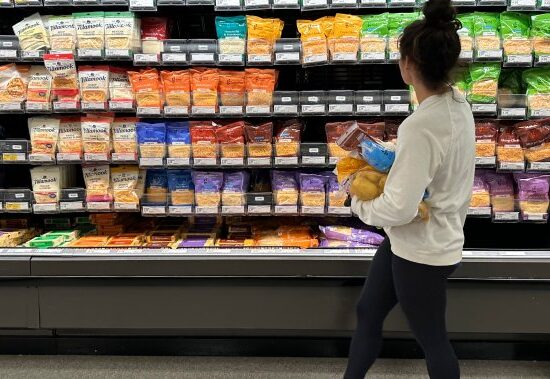
Film shoots always start with the basics. Your audience won’t feel the magic of your movie without good sets supporting each scene.
Any new filmmaker can use these tips to design an eye-catching set on a limited budget and take their first steps forward to premiering at the Raindance Film Festival one day.
1. Compare Potential Locations
Sets wouldn’t exist without suitable locations for each shoot. Picking the best site will affect everything from the set’s design to the final film budget.
A filmmaker could build a fake garden in a room over their garage, but that would cost much more than shooting in a public park that allows directors to film there for free. Comparing potential locations is the best first step when creating a movie.
The right location will also include essential features like:
- Permission or affordable fees from the property owner.
- Restrooms and parking for any crew members.
- Electrical outlets or nearby power sources.
Recording each location and making a simple pros and cons list will reveal the best places to shoot any scene.
2. Establish the Background First
If the location itself won’t be the entire background — like with outdoor scenes — filmmakers must also create the background for their shoot. This step includes selecting details like the best colors on walls and fabrics on furniture.
Flooring also affects a set’s appearance. If the room has abundant natural lighting, lighter flooring will enhance the sunlight by adding visual warmth to the space. Temporary flooring is also easy to add, so it’s another crucial detail to remember when designing a set.
3. Work With the Lighting
Note a set’s existing lighting. Is there more sunlight or artificial light? The space might not have much light at all. These factors affect how a filmmaker decides to work with their lighting options.
Sunlight, lamps and whatever’s already in the space could support whatever action happens on the set. Lighting kits may better illuminate the location as well by providing back and side lighting. It all depends on factors like when actors will use the set, the space’s size and the existing lights in the chosen location.
4. Consider the Space
A film’s set location affects everything from camera angles to shot compositions. A larger room would accommodate shooting techniques like tracking, while other spaces might require more panning or handheld shots.
Every shot counts in a film, but how a filmmaker shoots also affects their career. B-roll footage could easily build a professional portfolio to gain more funding for a future project. Remember the audience and a potential portfolio while creating shot lists or sketches.
5. Make a Moodboard
Moodboards help filmmakers get a sense of the set’s vibe. They draw inspiration for further set details from the collection of pictures, color swatches and drawings throughout the filmmaking process.
Saving moodboards is also a helpful step when designing an eye-catching set. It’s a continual source of inspiration as a set morphs into what a scene needs. It’s also a reference point if a filmmaker wins a competition and gets optioned for development since the new professionals working on the script will need to understand the film’s heart.
6. Collect the Right Props
Props are another crucial step in designing an eye-catching set. They complete the design of any background or and serve real-time purposes for actors when cameras start rolling. Picking the right props begins in the design process by planning how a filmmaker will collect them.
Many filmmakers find props like furniture, tech and baubles at thrift stores. Yard sales and estate sales can also lead to significant price reductions that save room in the film’s budget.
The prop collection may require a trailer for transportation. Renting or buying a trailer will be an additional cost, but it would save time during production. Everyone could pack up each day if the set needs to move. Consider options like covered or uncovered trailer models to find the best transportation for the set’s entire prop collection.
Start set dressing early as well to play with placement, lighting and positioning. Sometimes props need to get switched out for items that better serve the scene. They may also not show up as planned on camera, which leads to a visually boring set that doesn’t appeal to the audience. Test props before shooting to see if they create the desired look.
7. Look Into Renting

Renting is another option when designing a set. If a filmmaker can’t find things like props, furniture, lighting or camera equipment in their budget, rental companies may have more advantageous prices. Renting also means everything has a home after filming wraps. The set pieces won’t sit around the filmmaker’s house and take up space.
8. Stick With the Budget
It’s vital to avoid going over budget while designing the sets for any movie. Making smart financial decisions is a filmmaking skill everyone uses, even when their film has a sizable production budget.
Reflect on the budget as the sets and production become finalized. There should be money left over for essential factors such as:
- Paying actors
- Paying crew members
- Paying for post-production work
Understanding a film budget’s limits will prevent design choices from becoming unnecessary. Time-wasting alterations won’t be a problem if every decision optimizes funding and design in one.
Build an Eye-Catching Set
Any new filmmaker can design an eye-catching set by starting their process with tips like these. Each detail of a location will come together naturally while supporting their vision for the movie.
Alongside other essential planning elements like considering green screen backgrounds and learning to protect cameras between set moves, any filmmaker can succeed in designing their film.















